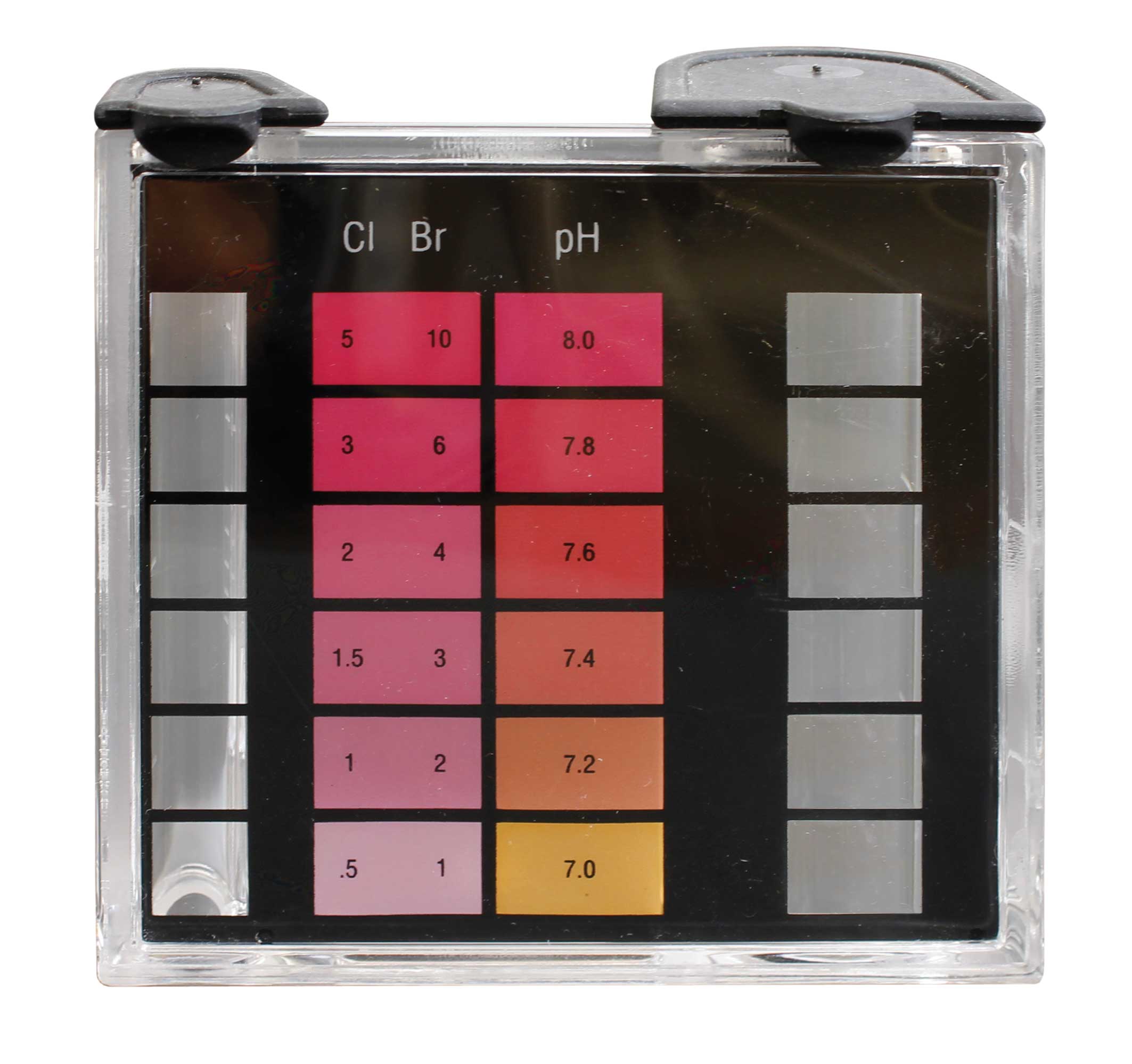The smart stir and speed stir are essentially the same thing but produced and marketed from different companies. CCL have the smart stir and something similar can also be found on ebay. The speed stir is a Taylor product and a little hard to get in AU. The only down side is that you’ll wish you had one from the beginning. These things are battery operated magnetic stirrers that have been adapted to suit our graduated cylinders.
On ebay search ‘magnetic stirrer battery’, I have a little impulse buy mains powered (12V) bench top designed for small beakers that works ok but still prefer my speedstir that I’ve had for years.
That is the speed stir or smart stir which makes the drop testing more reliable and easier to do. The other item we’re taking about is a pH comparator. I think the Taylor or Aussie Gold are easier to read then the CCL one and the larger size give you options for making it easier to read such as an edited photo or a view card as per my previous post. And we always read or compare the pH comparator infront of a white background. I’m lucky as one of my windows is a light box.
I know, it is still a colour comparison and that can be tricky with colour blindness but it is essentially a transition of shades with a transition around 7.6. Below 7.6 it goes from orange to yellow. Above 7.6 it goes from orange to shades of purple. Above 8.0 is just >8.0, I calculate my acid does based on 8.2 to 7.6 and then test again the next day if I remember.
You will notice I list a pH meter and salt meter in my signature but I only use the pH meter on rare chemistry geek moments and never without calibration. I use my salt meter every test but I‘m really just measuring change over time rather than an absolute figure. A dedicated salt meter is really a conductance meter that is measuring tiny voltage potential of a liquid. It then applies a “best guess” conversion factor to give an answer as TDS or salt. I have found that salt meters do hold a calibration quite well. I have cross referenced my meter with the Taylor salt test (same as the CCL salt test) that is a direct measure of the chloride ion (Cl-). I’m confident that I’m within a coo wee of an actual level and my SWG is happy.
I wouldn’t be confident relying on any electronic meter without careful calibration. Unfortunately, and while the seem handy and look fancy, the multi meters have problems with calibration. Theres a bunch of different calibration fluids reqiured that are not really compatible. And then there’s the cost and compromise on components to keep the cost down.


